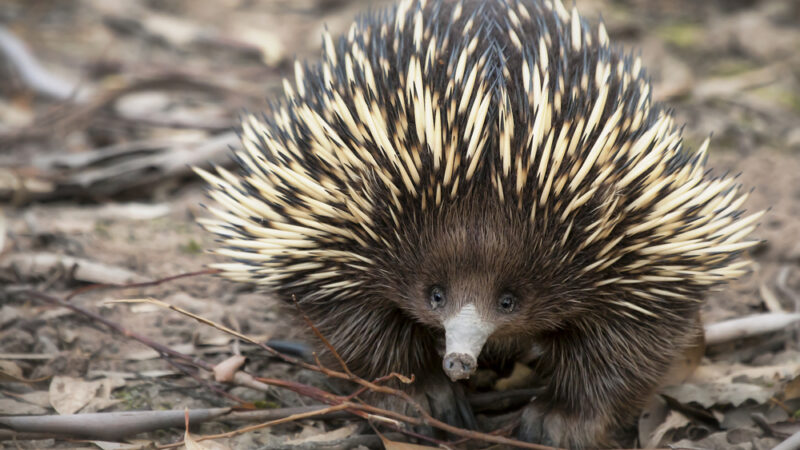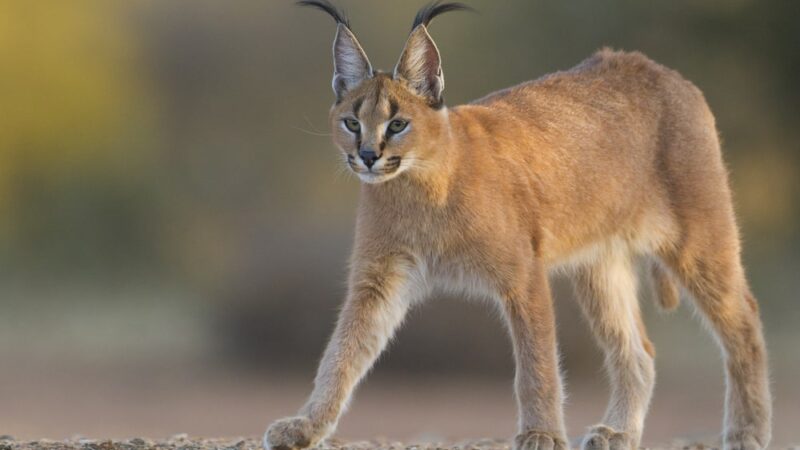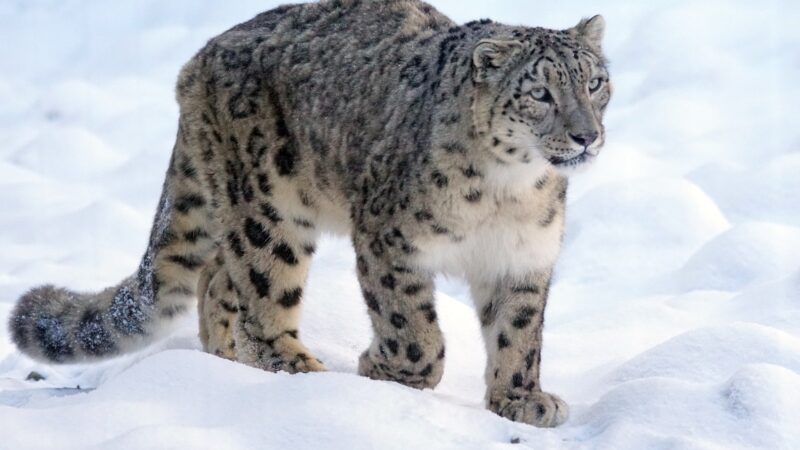Liger
Shelter for Animal | Ligers | Liger a hybrid offspring: There are many beautiful animals in the world that have been created by humans experiments and are not found naturally. One of the most amazing creatures and abnormally large ones is the liger.
Liger animal
Yes, liger, as in lion and tiger in this particular case a male lion combined with a female tiger now you might think this kind of fusion is made up but it’s very real what’s more? The ligers are not only big they’re twice as big as their parents which’s right twice as big. The largest liger in existence right now is named Hercules which is appropriate given the figure of Hercules in Greek mythology and can be found in Myrtle Beach’s safari wildlife preserve in South Carolina.
Linger’s stats are very impressive just in terms of length he’s over 10 feet long in terms of height he’s over 4 feet tall and he weighs over 900 pounds. Just imagine yourself standing next to Hercules and seeing just how massive he is close up how do you think you’d feel? I’d be a little scared probably despite being in captivity Hercules has shown he can run over 55 miles per hour and has a running leap of over 40 feet Hercules also has the world record for the largest cat in the world today.
It’s a common misconception that separate animal species cannot interbreed. In fact, some can, and it results in so-called hybrid offspring. It shares the genes of two different species, which is puzzling, to say the least. After all, one of the things that allow scientists to draw a line between species is the answer to whether they can produce offspring. If they can’t, they are thought to be different species that differ vastly on a genetic level. However, species that are genetically close to each other can sometimes breed, producing a whole new animal variety.
What is a Liger?
Let’s take the king of the jungle, a male lion, and introduce it to a tigress, a female of the biggest feline species in the world. The result is a hybrid species called liger, which inherited the best features of both of its parents, to result in the most fascinating big cat in the world. While tigers are the biggest extant cat species, ligers are actually bigger than them. Much, much bigger.
Liger males weigh about 900 pounds (400 kg), which is twice as much as its father lion, which ranges from 400 – 500 pounds (180 – 225 kg), and much more than tigers, which can exceed 660 pounds (300 kg). But don’t think that ligers are some chubby cats, because their weight is proportional to their body length, which ranges from 10 to 12 feet (3 – 3.6 m).
For comparison, most male lions are somewhere between 6 and 6’8” (1.8 – 2.1 m) long, and male tigers range from 8 to 12 feet (2.4 to 3.6 m) in length. So ligers are absolute units and are actually comparable to the now extinct saber-toothed tiger, which is one of the biggest cat species to ever roam our planet. If you’re interested to learn more about saber-tooths, you can check our previous video after you’re done watching this one. Now, let’s take a deeper look at how ligers can even exist.
Liger genetics
Lions and tigers are different species of big cats, but they belong to the same genus Panthera. Even though lions and tigers shared the last common ancestor about 4 million years ago, the species remained similar enough to be capable of interbreeding and producing hybrid offspring – the liger. It’s nothing short of amazing when you learn that modern humans and neanderthals shared the last common ancestor as recently as 500,000 years ago.
How lions and tigers didn’t evolve much farther apart despite living in completely different environments for millions of years is a mystery, but what allows them to interbreed is the fact that both lions and tigers have 38 chromosomes. It’s actually the number of chromosomes that determines whether two different animal species can produce offspring or not.
Only genetically similar species that have the same or nearly the same number of chromosomes have a chance of interbreeding. This explains why ligers aren’t the only animal hybrids and not even the only big cat hybrids. But how can it grow to be much larger than both of its parents? The liger can get so big because of the unique genetic makeup which arises specifically from being a hybrid between a male lion and a female tiger.
A hybrid of a female lion and a male tiger also exists – it’s called a tigon, but it isn’t any larger than its parents. So, the reason why ligers are enormous is that lions are polygamous, meaning they have multiple mates throughout their lives. As a result, male lions have evolved to pass on genes that promote growth, because their offspring are likely to compete with other lions of the same mother. Thus, the main factor that determines which lion offspring is going to succeed in mating is the size advantage that it had inherited from its father.
However, lions are much smaller than ligers, and that’s because female lions have genes that inhibit the growth-promoting genes of male lions. It puts a ceiling on their offspring’s growth potential, stopping the species from growing any larger than they are now. And here’s where tigers enter the picture. You see, tigers haven’t evolved similar mating strategies based on specific genes and size.
As a result, a liger inherits a growth-promoting gene from its father lion, but its tiger mother doesn’t carry any genes that counterbalance it, making a liger grow insanely large. Now you might be asking how it could be that ligers aren’t outcompeting lions and tigers in the wild. After all, a liger is more social and larger than a tiger, and stronger and a much better swimmer than a lion. So why ligers aren’t inhabiting the savannahs of Africa, and rainforests of Southeast Asia?
Liger fertility
The main thing stopping animal hybrids, including ligers from dominating nature, is fertility. All male ligers are sterile and can’t reproduce their own offspring. After all, if two different species could produce fertile offspring, then over time they would just merge into one big group of animals without any clear dividing line between the species. However, that’s clearly not the case in the real world.
For example, mules, which are hybrids between a donkey and a horse, are always sterile because horses and donkeys have a different number of chromosomes, 64 for the horse, and 62 for the donkey. Despite not having the exact same number of chromosomes, they can interbreed, but it always leads to an infertile offspring, regardless of its gender. It’s because the offspring, in this case, a mule, has 63 chromosomes, which makes it sterile. I fact, many mammal hybrids are sterile because they have an odd number of chromosomes, leading to genetic abnormalities.
However, there’s an exception to this rule which allows ligers to be fertile – lions and tigers happen to have the same number of hromosomes. That means that their hybrid offspring inherits exactly the right number of chromosomes from each parent for cell division to occur properly in its body. As a result, ligers can grow up healthy and even reproduce themselves! But, it only applies to some female ligers, because as we’ve mentioned before, male ligers are always fertile.
There’s another catch – even though liger females can mate with lion and tiger males, their offspring are usually sterile. The same goes for tigons – the hybrid between a male tiger and a female lion. In fact, all subsequent generations of hybrids between lions and tigers are likely to be sterile as well. So why is that? It’s because the chromosomes of lions and tigers have slightly different structures, which means that they don’t pair up perfectly when ligers or tigons try to reproduce.
This leads to problems in cell division and development, which often results in infertility. That’s why you will almost never see any animal hybrids in the wild – they are either not viable or fertile enough to propagate their species over time. That’s obviously, ignoring the fact that most species that can interbreed aren’t even inhabiting the same areas. The same applies to lions living in Africa, and tigers living in Southeast Asia.
These are the reasons why ligers don’t exist in the wild, but then it begs the question – where do ligers come from?
Ligers in captivity
They are exclusively found in captivity, inside big zoos and national parks, where lion males and tiger females are intentionally interbred to produce invaluable hybrids. However, it’s much more difficult than breeding tigers or lions, which is an insanely difficult feat on its own. That’s why today, there are just about 100 living ligers.
In addition to being difficult to breed, ligers also have a much shorter lifespan compared to its parent species. While we praised ligers for their size, it’s also their demise. While generally bigger species live longer, ligers tend to suffer from a plethora of health problems that arise from interbreeding and even inbreeding. These include heart defects, bone disease, and even cancer.
Liger facts
- Scientific name liger: Panthera tigris x Panthera leo
- Length of this big male cat adult: 3 to 3.5 m
- Rank animal: Hybrid
- Phylum of this animal: Chordata
- Liger one of the most popular known hybrids in the world.
- It is the offspring between a male lion and a female tiger.
- They’re the largest living cat on the planet and can weigh upwards of 700 pounds, oh man that’s like a tractor and a half.
- Female ligers have very low fertility rates but can occasionally produce offspring naturally with a purebred lion or tiger.
- Males, on the other hand, are completely infertile and are unable to sire children.
These massive cats can be almost 12 feet when standing on their hind legs and consume roughly 20 pounds of meat a day to feed their voracious appetite oh dude ligers got the munchies.
Reference: Wikipedia, Britannica









